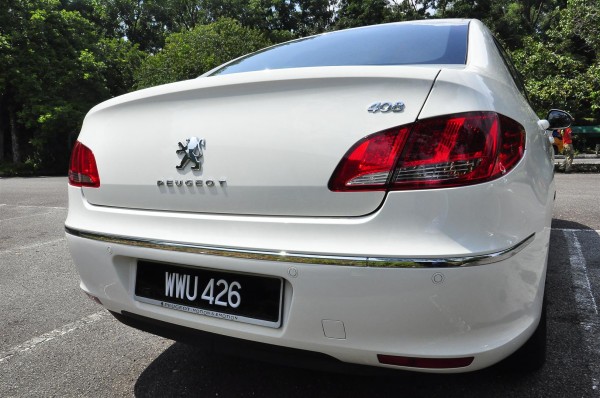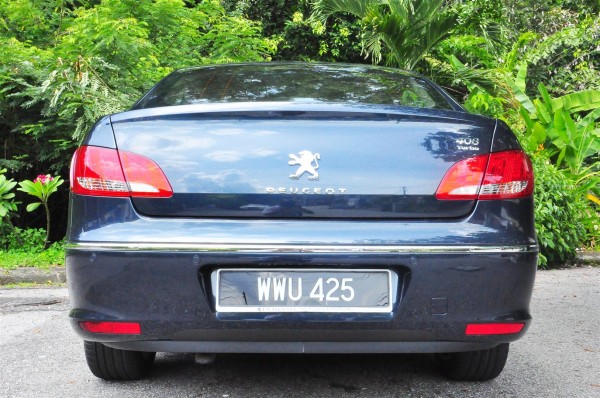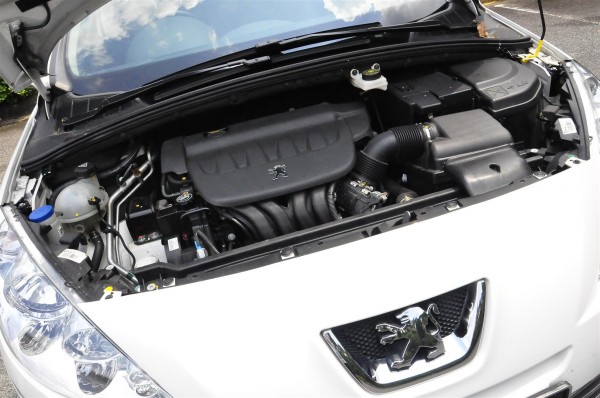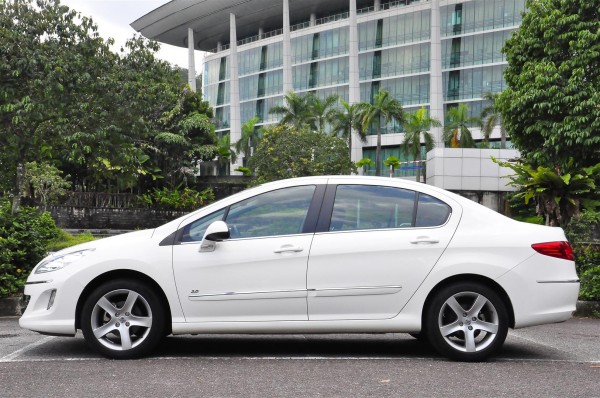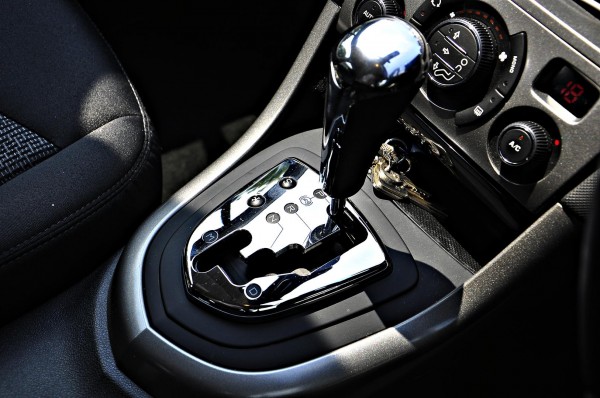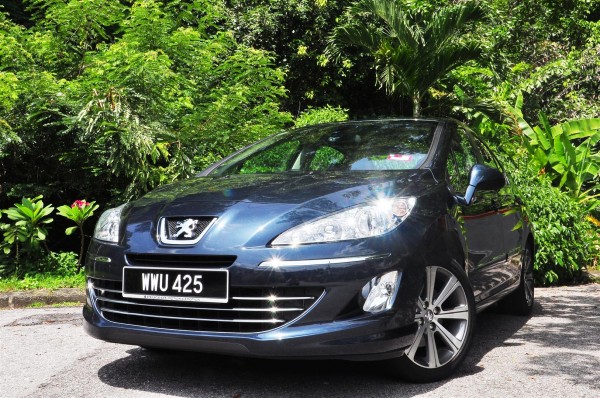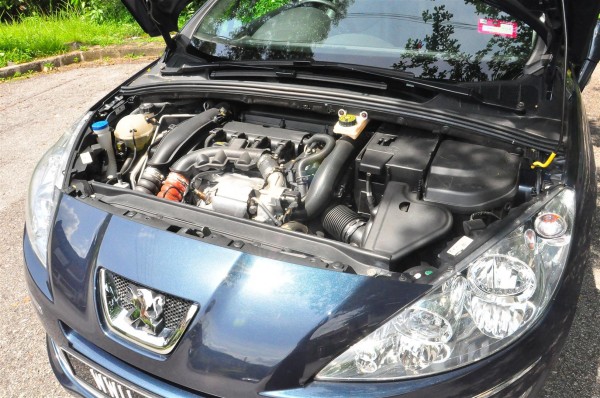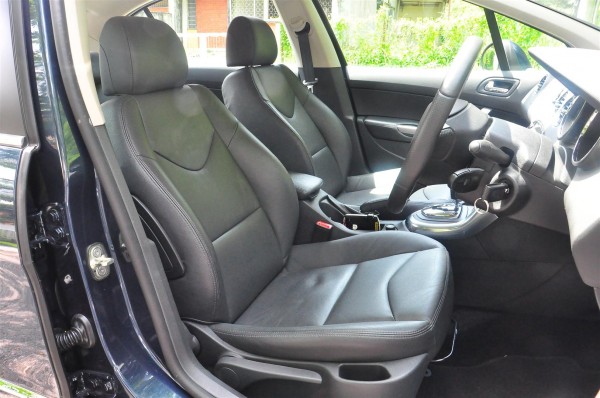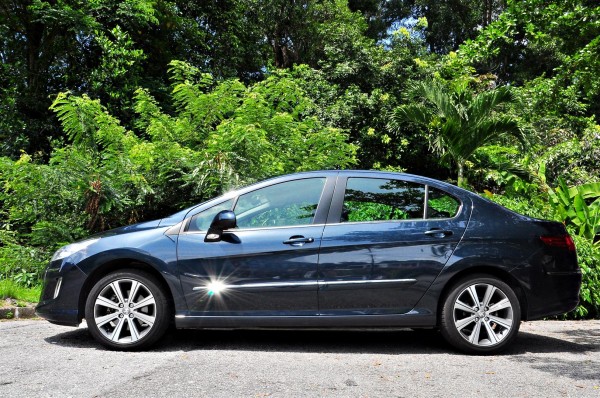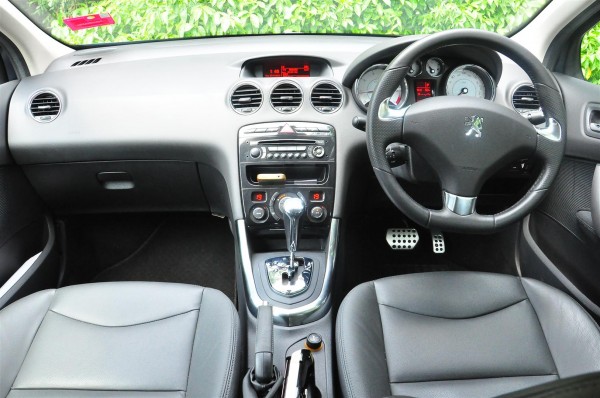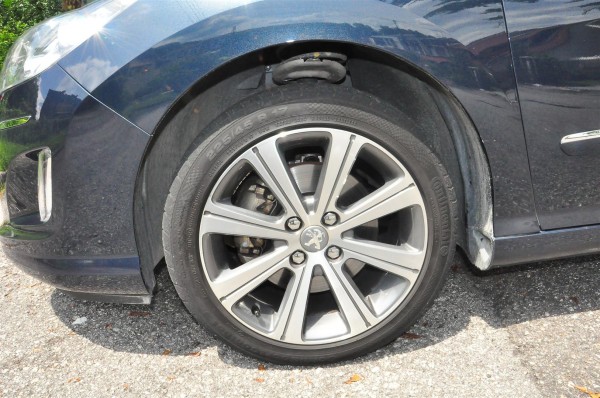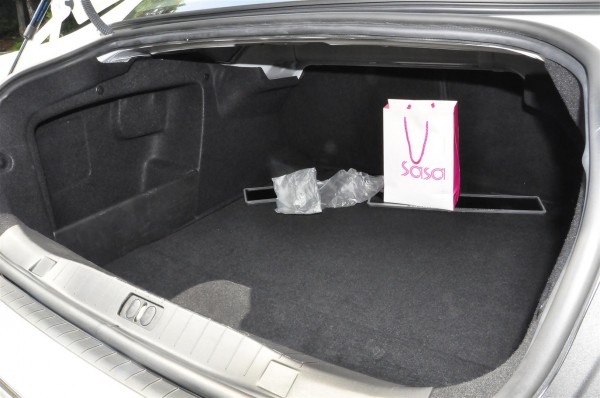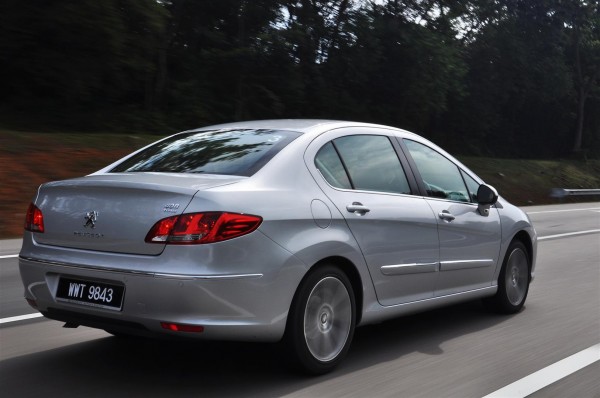Affordability for many is often seen as a great necessity, especially in this day and age, and very much so when you’re in the market for a sedan that’s versatile, spacious and gets you all them bells and whistles – well almost ‘all’ that is. In this case, with a Peugeot 408 in mind, there’s plenty of space to go around to fit a family of four rather comfortably as you cruise outward beyond the borders of the city; enjoying what it has to offer in terms of its drivability and features.
We first had a chance to sample two variants of this particular 408 Pug that took us to Malacca and back for a day – a day which began in the comfortable entry-level 2.0L 408 variant and finally ending it off with the firmer and ultimately sportier-handling and range-topping 1.6L 408 turbo.
If you didn’t already know, these two variants are meant to cater to the same set of demographics – young executives who’ve just started or have plans to start a family; but with the availability of the Turbo variant, it may be an indicator as to how “power-hungry” an owner you’d be.
It has to be said though, if you’re familiar with a Peugeot 308, then you’d find that the 408’s interior is pretty much identical; save a few metal accent bits located at the 3, 6 and 9 and o’clock of the steering wheel as well as the foot pedals – all of which can only be had in the Turbo variant.
The styling of the new 408 is a definite departure from its predecessor, the 407, and for these two variants they’re pretty much identical to each other; except for a 2.0 badge located on both front doors, whereas the turbo variant looses those badges and opts for a more discreet ‘Turbo’ badge located on the right side of the boot beneath 408 badge. It looks the way it does simply because the boys at Peugeot have managed to bring its Coefficient of Drag (Cd) down to an impressive 0.3Cd. In addition, they’ve also been given two differently designed and sized alloy rims to roll on about its business.
The entry level 408 Pug comes with a 2.0L 4-cylinder engine that has a bore and stroke of 85mm x 88mm respectively and puts out 145bhp at 6,000rpm and 200Nm of torque at 4,000rpm. All that gets coupled to a 4-speed auto adaptive gearbox with Tiptronic and Sport mode. Though it’s got some respectable figures from under the hood, this particular variant is simply all about comfort with some performance to be had from it’s bland-looking 17″ alloy RINJANI rims wrapped by 215/50 ContiMax Contact MC5 tyres.
The 2.0L variant isn’t about planting you into the back of your seat, with car touching the century mark in about 12.5 seconds from standstill, while able to provide you with 8.6L/100km on a combined cycle for economy, of which is still rather reasonable.
On a slow drive, the suspension will happily soak up all those uneven surfaces, thanks to its long suspension travel, which may seem to have placed you a little higher than usual on your clothed seated while you enjoy much of that abundant head room. Best of all, we were quite happy to note that not much vibrations managed to travel into the cabin, allowing you to reach your destination and emerge from your vehicle in a rather relaxed manner.
Of course, regardless of gender, we’ve all got moods to deal with and one of them may involve the want to hustle through roads, be it for fun or due to more dire circumstances. The 2.0L Pug can do the deed even though it’s got a softer suspension setup and it’s still capable of handling the bends; nicely firming up when under compression and allowing for a touch of under steer to take place, just to let you know you’ve gone a little over-board. Nicely tuned suspension for one that’s equipped with a torsion beam at the rear.
Shifting through the 4-speed transmission, which isn’t exactly as quick as a DSG, but it doesn’t seem to feel as though the gear ratios aren’t too tall an order for the engine; perhaps thanks it’s 200Nm of torque being churned out. As long as you’ve got the car in motion, keeping it at pace is of relative ease, it’s just that moving off from a standstill could seem a little lacking in pep, unlike most Japanese makes. Nonetheless you’re able to reach a top speed of 195kmh with some apparent wind noise caused by air turbulence from around the external wing mirrors that has found its way on from the 308.
If you find yourself at speed, the high seating position may be what gets your heart beating a little more than usual, almost as if you were perched up there making the sense of speed a little more apparent than usual, but we dare say that it’s something you’ll get used to if you’re the one to be driving this all day and everyday.
On the other hand, the more expensive 1.6L turbo variant brings to the table a marked increase in performance figures with it’s ‘Princely’ engine having a smaller bore and shorter stroke of 77mm x 85.8mm, churning out 18bhp and 40Nm more than it’s NA brethren, finalizing it’s figures at 163bhp at 6,000rpm and 240Nm of torque from a lowly 1,400rpm. This helps the Turbo Pug get up to 100kmh in about 9.2 seconds from standstill and seems to offer a better fuel economy of 8.2L/100km. Of course, it’s all really dependant on how addicted your foot is to having 240Nm of torque at your beck and call.
To handle those ponies is a 6-speed auto adaptive gearbox also with tiptronic and sport mode. While we’re thankful that there are an additional two more gears to shift up to, unlike the 2.0L variant, both gearboxes could do with a little more refinement than what it has to offer at current. Only thing it seems lacking is the availability of paddle-shifters to complete that sporty feel about it.
The braking department comes equipped with ventilated discs all round for both variants, housed by a sportier-looking 17″ alloy MELBOURNE rims for the turbo Pug, wrapped by wider and lower profile 225/45 ContiSportContact 3 rubbers.
Again, the interior is the same as the 308, except it’s got some nice metal accents on the steering wheel, along with a set of aluminium pedals and leather up-holstered seats. Although there’s a torsion beam at the rear, the suspension has been nicely up-rated, while the steering wheel feels a tad on the heavy side. Something the ladies may not prefer when navigating through narrow lanes and/or parking.
The weight of the steering, while sporty in all its glory, can be a tad of a bane when you’re dawdling along at crawling speeds really requiring you to work when navigating from one car park ramp to another for example. It’s when at speed that the steering shines; encouraging your confidence, with a great amount of information feeding your senses while you pull out of corners with a smile as you realize how relatively flat and controlled it behaves – though still with a dash of understeer for safety, but ultimately quick with a well disciplined rear-end.
With both variants having been equipped with discs at all four corners, their brakes feel very much firm and responsive, with the onset of brake-fade not coming in any time soon, even though much abuse has been thrown their way. Their brake balance feels evenly distributed between the forward and aft, able to slow the 408’s heft quite effectively.
However, the best part that we love about 408 is the rather cavernous rear boot space, perfect for those who love going away with their golfing buddies or a having a long weekend away and able to accommodate 562L worth of golfing gear; a change of clothes and shoes as well. Just make sure to give it a good vacuum after that particular weekend.
Even though the 408 has such an accommodating boot, it hasn’t eaten into the space for rear occupants, in fact there’s still plenty of knee room. This distinctly sets the front and rear passengers apart while still having plenty of head room to stretch your neck at the rear. In addition, Peugeot has made the rear door a little wider than usual, providing occupants the dignity, grace and ease of not having to climb out instead.
In terms of safety, both variants get Dual SRS airbags up front with ABS (Anti-lock Braking System), EBD (Electronic Brake Distribution) and EBA (Electronic Brake Assist) as standard, but it’s the 1.6L turbo Pug that gets you an additional 4 more airbags (Side and Curtain airbags) as well as ESP (Electronic Stability Programme) and ASR (Anti-Skid Regulation – aka traction control).
With pricing in mind, the Peugeot 408 2.0L starts off the “on-the-road with insurance” price-climb at a tickle under the RM110k mark (RM109,888 to be exact), followed by the 1.6L turbo that ends it at RM125,888 and both cars also come with a 5-year unlimited warranty; making it seem like a worthwhile decision to ponder over to have either one of these ‘lions’ as a permanent resident in your home over the other more expensive continental marques.



